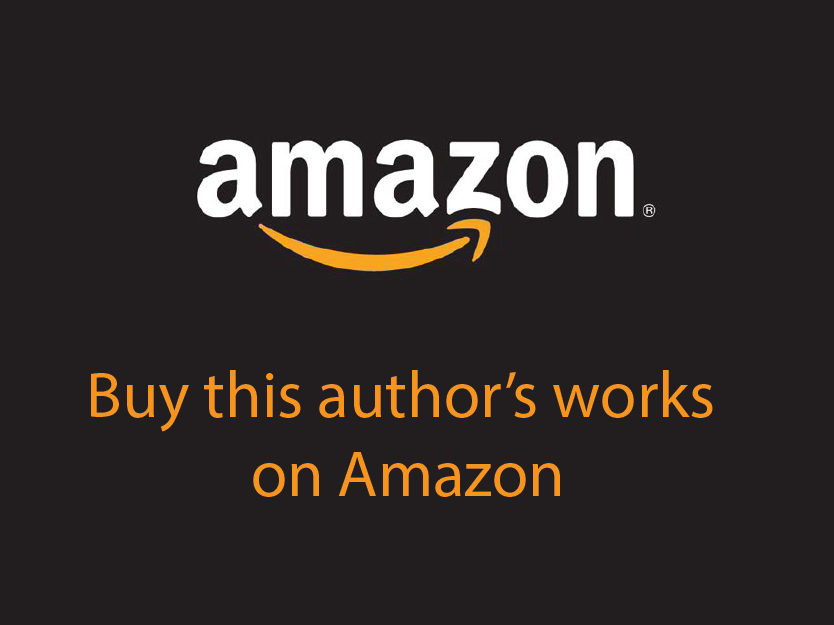Artists have been prescribing remedies for people experiencing the symptoms of a mental illness since ancient Greece. Professionals with the proper credentials now employ the practice to aid those with a variety of mental health issues, including post-traumatic stress disorder (PTSD), anxiety, depression, and more.
In what ways might art therapy be utilized?
Art therapy is a versatile approach that does not necessitate high levels of artistic ability. Each patient’s demands will determine the art medium used in therapy.
Intentionally exposing you to non-traditional art materials (such as tree branches and leaves) may let you express yourself more fully. Doodling, abstract designs, and contour drawing are all ways to experiment with new ways of expressing yourself.
If you think doodling isn’t helpful, consider the famous doodlers: Samuel Beckett; the poet and physician John Keats, who doodled in the margins of his medical notes; Sylvia Plath; and the Nobel laureate (in literature, 1913) poet Rabindranath Tagore. Doodling was typical among US Presidents, including Thomas Jefferson, John Quincy Adams, and John F. Kennedy.
One of the most famous doodlers of all time was Leonardo da Vinci, who made copious notes and doodles in the margins of his notebooks. Just like the rest of us, Leonardo doodled and scribbled: you can see it in his digitized notebooks. But the prototypical Renaissance man, both unsurprisingly and characteristically, took that scribbling and doodling to a higher level entirely. His margin notes and sketches are not only elegant but also reveal his early insights into important subjects.
Doodling can help you process and visualize things. It may, unintentionally spark some creativity that you didn’t realize you possessed. Don’t feel the need to be another Leonardo; this activity is about reducing stress, not adding to it by feeling competitive.

Depending on your requirements, art therapists can guide you in a form of creative expression. But even if you aren’t working with an art therapist, using art yourself can prove a stress reducer.
In research studies utilizing art therapy, there was less burnout and reduced work dissatisfaction among the study’s participants. Those who took part in the creative arts therapy program saw reductions of 28% in anxiety, 36% in depression, 26% in PTSD, and 12% in emotional tiredness as a result of burnout. These enhancements persisted for a full year following the program’s end. The use of art therapy has also been seen to help healthcare professionals deal with their experiences of burnout.
But while we know that art therapy works, how does it work in the brain? Researchers are posing this question and hope to answer it. One answer seems to be that it has the power to stimulate the activation of various brain areas that may be involved in perception and emotion.
Modern imaging techniques have improved our understanding of the many brain regions and functions involved in processing information. Stimulating the senses is the most fundamental level of intervention using art mediums.
The visual information processing system’s ventral and dorsal branches handle visual feature recognition and spatial placement. Mood-state drawings capture the variations in brain region activation accompanying distinct emotional states. Art therapy provides an opportunity to work with fundamental sensory components for processing information and emotions. Even the most basic kinds of expression could provide a window into the brain’s anatomy. It is an exciting opportunity for mental health and all forms of mental functioning.
But other than imaging, one other means of measuring stress is via the stress hormone cortisol levels in saliva. The biological basis of creative self-expression has been the subject of ongoing investigations. Salivary cortisol has been studied as a noninvasive biomarker and a surrogate for human stress experience.
No matter the participant’s demographics, level of art experience, or preferred medium, the results show that even a short art-making experience can have a physiological effect on cortisol levels. The importance of this cannot be overstated, since we know that cortisol can be destructive at relatively consistently high levels. Research has shown that it can be involved in tissue damage.
Expressive writing has been associated with health benefits and reduced stress levels over the long run. There is some evidence that creative expression, such as through music or painting, can have a beneficial influence on physiological and mental health, similar to the effects of expressive writing.
An interesting aspect of writing is when you use cursive form rather than a computer or a typewriter. We know that many famous writers have produced their first drafts by hand on legal tablets. However, not many of them realized that the very fact of moving their hand to produce letters and words has an important effect on their brain’s activities in areas where creativity may be sparked.
Cursive writing should never be dismissed as an antiquated form of writing and should be included in your life and the education of children, as I have noted in previous articles I have written on medium. So, get a line or online journal for yourself and begin this excellent doodling adventure or cursive writing exercises. Either one will benefit you.
Research has made the case for using art therapy, in any form, to assuage stress levels and improve mental and physical health. No matter the means used, individuals can benefit from anything from writing to music to any form of art, such as painting, sculpting, or working with other mediums.
It is now up to each of us to decide which form is most appropriate for us as a stress-reduction method, and although professionals are available in the area of our therapy, that is not a mandate for us. We can begin our own form of therapy at any time we wish.





